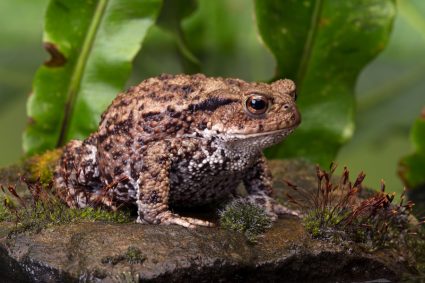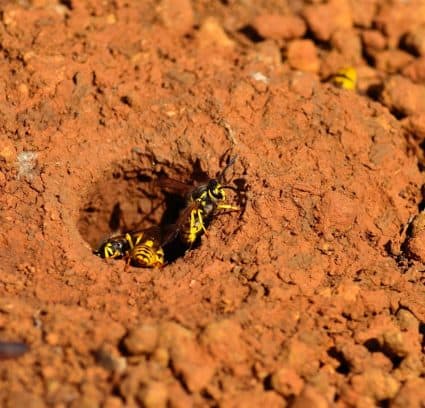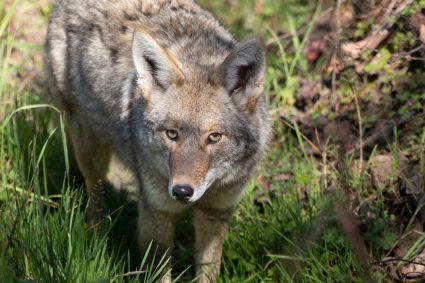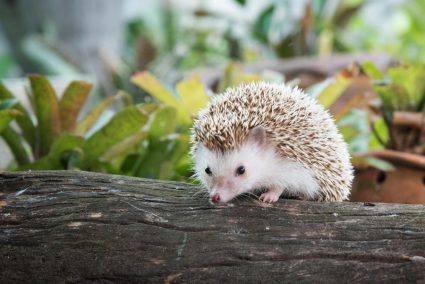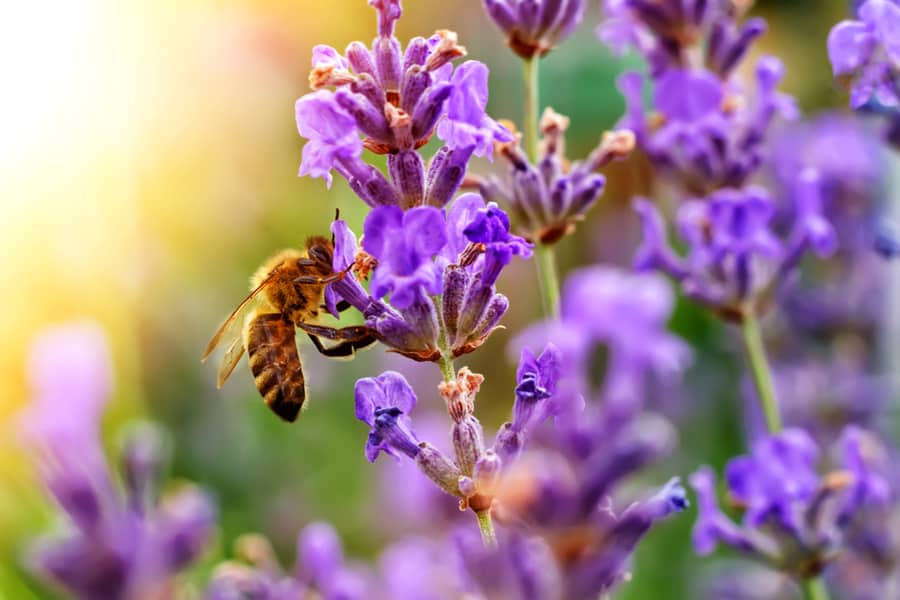
While lavenders are an excellent choice for gardens and landscapes, they tend to attract bees. This is due to their color and their nectars.
Keeping bees away from your lavender can be a chore. However, it doesn’t have to be. This guide will discuss ten effective strategies to keep these unwanted visitors from your lavender plant.
Lavender and bees are like two peas in a pod. Lavender produces a lot of nectar that bees need to make honey. While bees are beneficial to the ecosystem, they can sometimes be dangerous. Keeping bees away from lavenders requires effort.
Here are some foolproof methods that we believe will help to keep them at bay from lavender:
- But, first, cultivate cucumber, basil, and other bee-deterrent plants.
- Place bird feeders around the garden to attract birds that feed on bees
- Water the lavender garden frequently. This will make the ground uncomfortable for bees to build their nests.
Here are a few ideas. Then, get into the guide to learn more!
In the rest of the article, you will learn ten efficient ways to keep bees away from lavender.
You can apply them anywhere you have lavender – in the garden, landscape – anywhere! So let’s get into it!
10 Ways To Keep Bees Away From Lavender
Growing a garden can be therapeutic and relaxing, especially when cultivating aromatic plants. For example, lavenders are flowery aromatic plants with a sweet floral scent. However, bees enjoy flying around the sweet-smelling scent lavender gives.
Having bees in your garden can be dangerous and uncomfortable as they may sting you and cause other allergic reactions like swelling, rashes, and even vomiting in severe cases.
To avoid the discomfort that comes with having bees around your lavender, we have listed below a few foolproof methods that we believe will help.
1. Plant Cucumber Around Lavender
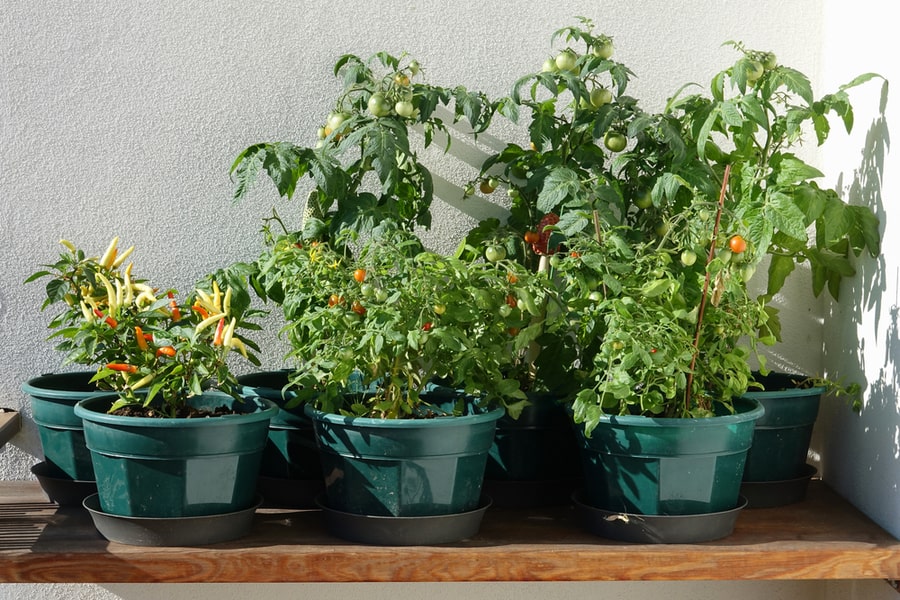
One method to deter bees from lavender is to grow cucumber around where you have the plant. Cucumber peels have an acidic substance that repels pests, including bees. Unfortunately, bees do not like this acidic substance – hence, they always avoid the cucumber plant entirely.
To use cucumber to keep bees away from lavender, you can place slices of its peels in different corners of the garden, landscape, or wherever the lavender plant is.
Alternatively, you can plant the cucumber alongside the lavender plants. However, for better results, ensure your soil has adequate moisture.
If you choose to place cucumber peels in your garden, you will need to repeat this process, as the peels will decompose in the soil.
2. Water Your Garden Frequently
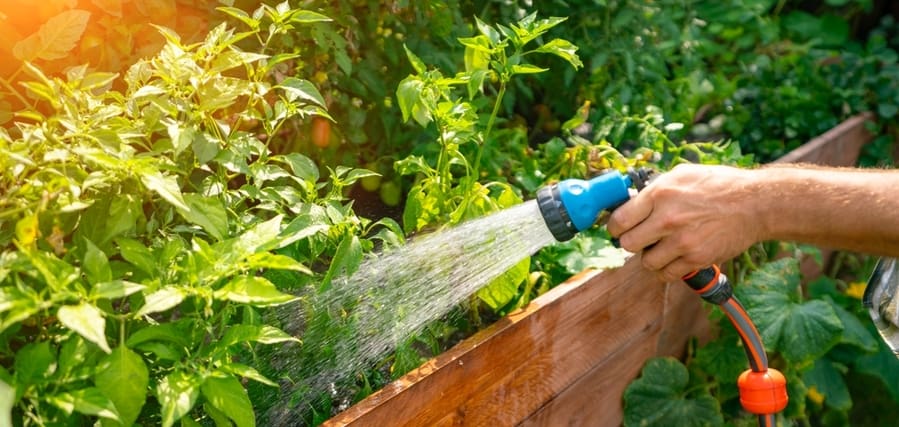
Another sure and straightforward strategy you can add to your bee deterrent arsenal is to water your garden frequently. This mainly helps if there are bees on the ground.
One thing about these winged insects is that they dislike too much soil moisture. That is while you will only find them building their nests in sandy and dry soil.
Bees need a dry environment to breed their young ones. If they find the space around your lavender plant convenient for breeding, they will happily come around. So, water the plant more frequently to frighten these unwanted bees away from your lavender plant.
3. Survey Your Environment for Bee Nests

If you find bees coming around the garden or landscape where you have the lavender plant, chances are that they have territories at some points in the environment. For this reason, we recommend that you survey your environment too.
Check around your porch, your perimeter fencing, and the corners of your garden. You may be lucky to find the hive homing the bees infesting your lavender plant.
4. Repel Bees With Scents
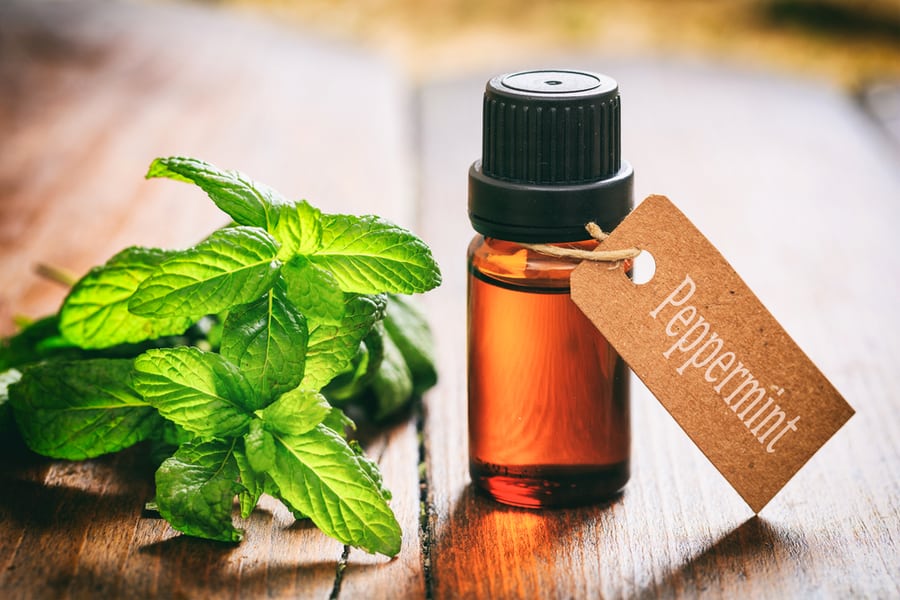
Bees enjoy coming around lavender flowers for many reasons, one of which is their sweet smell. However, just as lavender’s sweet scent attracts bees, some scents also repel them. You can use these bee-repellant smells to shut the door against these unwanted winged insects.
The good thing about these aromas that repel bees is that many are pleasant to humans. So, it is a win-win for you. Your lavender plant will smell nice, and bees will take their leave.
Scents like peppermint, mothballs, and cinnamon are adequate deterrents for bees. However, there are various ways to use them against bees.
One way is to make a liquid spray with these scents and diffuse them on your lavender plant. To make the spray, mix peppermint oil, cinnamon oil, and tea tree oil with unscented shampoo in a spray bottle.
Alternatively, spray ground cinnamon in the garden and around the lavender or place the cinnamon seeds outdoors. For the mothballs, you can hang them in strategic locations around your garden.
5. Plant Basil
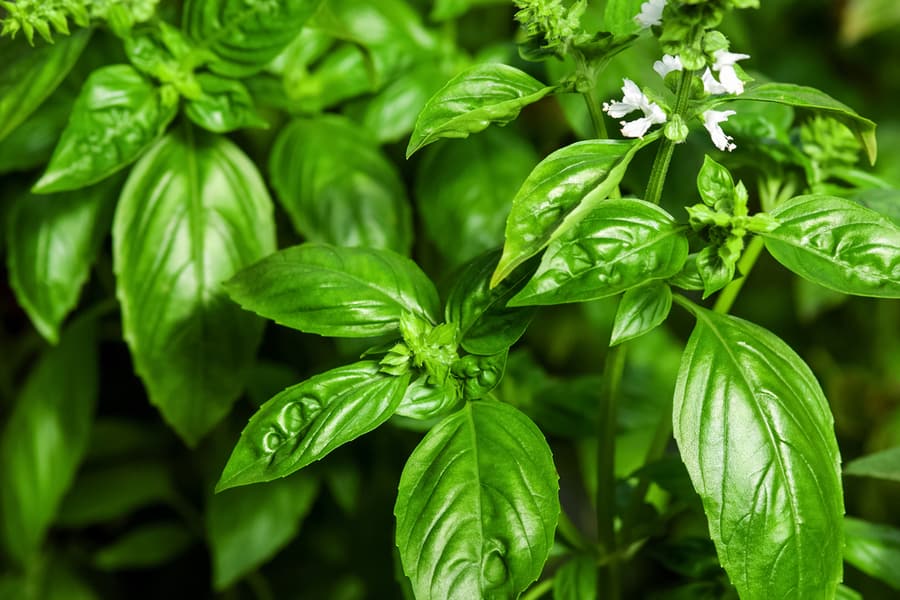
Unlike humans, the aroma of basil is a deterrent for bees. This makes basil another plant that can keep bees away from your lavender. It also has an added advantage for you can employ its mint-like and peppery flavor in cooking some dishes.
In planting basils, there are a few things to note. The first is that basil requires adequate sunlight to thrive. Agreed, every plant needs photosynthesis to grow. However, some plants require more sunlight than others; basil is one such.
The second thing to note in growing basil is that they need heat to develop. So, in cultivating the plant, it would be best to have them in positions exposed to six to eight hours of sunlight daily.
One way to create enough heat for basil is to ensure good soil moisture. However, please don’t overdo it. Excess moisture can cause the basil plant to drown. All you need to do is keep to a moderate watering level.
The moisture should not be excessive and also must not be too little.
6. Cut Down Large Rotted Trees
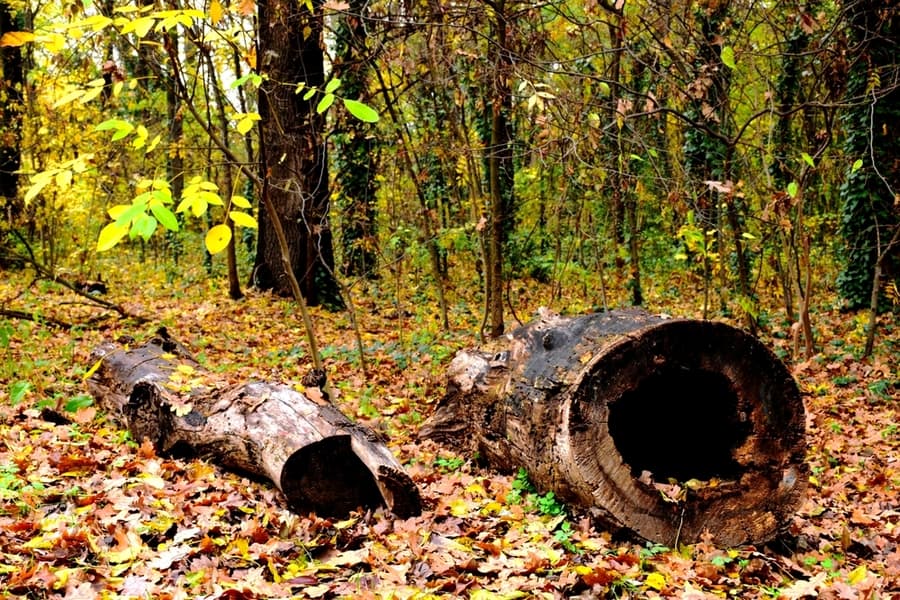
If you focus on just the bees, you may not achieve your goal of ridding your lavender plant of bees. Don’t just be particular about keeping bees away. It would help if you were also looking for their hideout around your home.
The holes in rotted trees are an excellent place for bees to build their nests and breed. So if you have a rotted tree in the environment, it might be time to fell them. Even if bees are yet to infest the tree, they will soon do once they identify the rotten holes.
7. Set a Bee Trap

On the subject matter of keeping bees away from lavender, bee traps join the list. You can make a simple DIY bee trap in the comfort of your home with recycled bottles.
Get a 2-liter recycled bottle and cut out one-third of the bottle from the top. Afterward, invert the cut-out part and place it inside the bottle so the capless part faces the bottom—water around your lavender to keep bees away. The water and vinegar should be in equal proportions.
Staple the sides of the two halves of the bottles together and drill a hole on two sides to place a string. Pour a small mixture of honey and water into the bottle as bait. If honey is not available, you can make use of sugar instead. The idea here is to have something in the bottle bees love; anything sweet will make a list.
Anything sweet will attract bees. They will enter the bottle and die inside. Make sure to check your trap every two weeks.
8. Use Vinegar To Repel the Bees
The acid in vinegar is an excellent repellant for bees. You can spray a mixture of apple cider vinegar and water around your lavender to keep bees away. The water and vinegar should be in equal proportions.
There are several brands of apple cider vinegar to choose from, and you can get them at any local hardware store. In deploying this method, spray the vinegar mix on the places where the bees are most active. You may need to spray these areas routinely to prevent the bees from returning.
9. Place Bird Feeders at Strategic Points
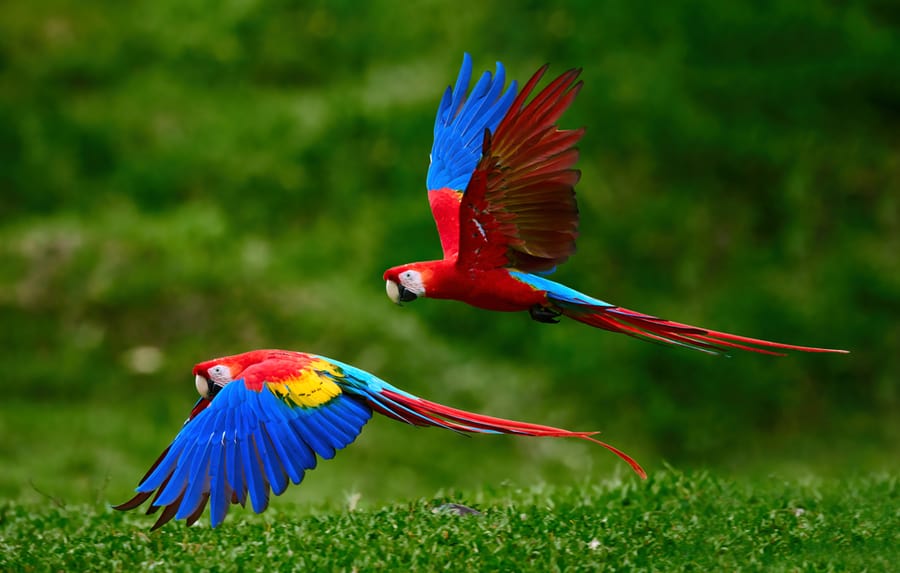
Some birds are natural bee predators. Birds like scarlet, bee-eater, purple martin, and northern cardinals are examples of such predators. You can place them around your garden or wherever you have the lavender plant to keep bees away.
For this method, you can use window feeders and hummingbird feeders. For quick results, ensure the bird feeders are in bright colors, as these attract birds more. Then, please place them in different corners around the lavender flowers.
Once the feeders attract birds, you can expect them to feed on the bees infesting your lavender.
10. Call a Professional

If you have tried all the above measures and are still unsatisfied with the outcome, it may be time to call a professional. But, of course, calling a professional would depend on your comfort level, as these professionals use extreme measures to kill bees.
They use pesticides to kill the bees and may require multiple treatments to eliminate them. These professionals will help you with your bee situation for a fee, which may increase if there is a nest in your garden.
Conclusion
Lavender and bees are like two peas in a pod. Lavender produces a lot of nectar that bees need to make honey.
While bees are beneficial to the ecosystem, they can sometimes be dangerous. Keeping bees away from lavenders requires effort. We discussed some methods to help you in this article, like using bee repellants, planting cucumber and basil, and frequently watering the lavender garden.
All these strategies are foolproof. If you deploy them correctly, they can permanently help you deal with your bee problem. However, if you want quick results, your best choice is to invite a professional bee exterminator to handle the job.
Frequently Asked Questions
Does Lavender Scent Keep Bees Away?
Bees find lavender attractive due to the color, nectar, and nutrient they get from the plant. In addition, lavenders contain linalool, a naturally occurring terpene alcohol that gives flowers a unique fragrance that bees find attractive. So, lavender does not keep bees away. The scent instead attracts bees.
Does Lavender Oil Repel Bees?
While the linalool compound in lavender is attractive to bees, too much can repel these winged animals. However, since lavender oil has a strong fragrance, it can be used as a bee repellant. This essential oil is powerful and will make bees stay away.


